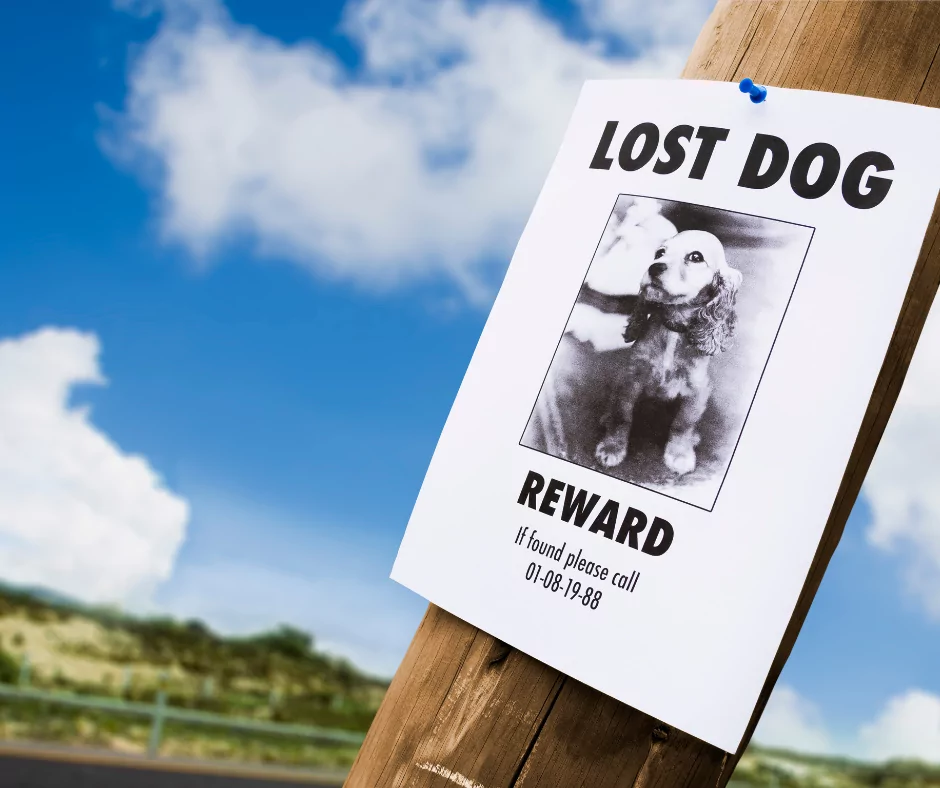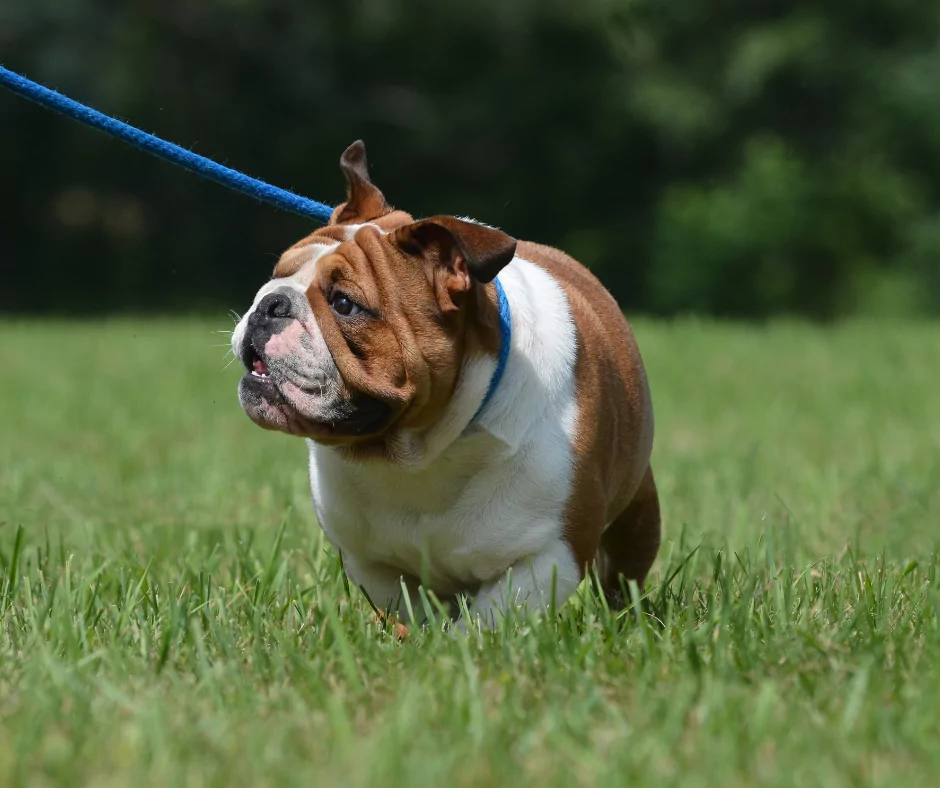What is National Lost Pet Prevention Month About?
The month of July is celebrated as National Lost Pet Prevention Month as we get more and more concerned about pets getting lost every two seconds in the United States. This is very concerning information because only one in every ten cases of lost pets will get reunited with their family.
National Lost Pet Prevention month was established by Pet Hub Inc in order to try to prevent pets from getting separated from their families every day.

What Can We do to Prevent Our Pets Getting Lost?
Train Your Dog to Never Leave Your Site
Obedience training for dogs is very important from a small age if you want to have a casual relationship with your dog and walk in the park without a leash. Train your dog to always return on voice command. This is of course very important for its physical health, roaming dogs can get hit by a car or attacked by another dog. All dog owners should deploy the required strategies to keep their pet safe, everyday, and not just during National Lost Pet Prevention Month.
Keep Them on a Leash

Of course, if your dog is more aloof and likes to run around, then keeping the leash on their dog collar is a must. Unless you are in a secure, fenced area where you can unleash your dog, keep them secured by your side. Don’t forget that dogs are animals, and no matter how hard we train them, they can always run away to chase a squirrel or a stray cat.
No matter if you have a dog or a cat, get them a pet microchip. It’s a big needle, but it’s sharp enough for a painless procedure. And also, do not forget to register the microchip with your information because many lost pets that are brought into veterinary clinics are microchipped with chips with no info on them.

ID collar tags
Get your pet a with their name and your phone number. This is the easiest way to get reunited if a good samaritan finds your dog or a cat wandering around.
What Should I Do if My Pet Gets Lost?
- Register your missing pet on a top-rated missing pet app!
- Your dog went missing, and you’re worried. It’s possible that it escaped from your home, but it might also have been taken to the neighbor’s yard. If a pet goes missing, the first thing you should do is file a lost animal report with your local police department. The police will be able to put out a “runaway” notice and broadcast information about your pet to their fellow officers and shelters in the area.
- Check all the usual places the pet might be. From your neighbors’ yards to busy parking lots. Park your car in front of the house for a few hours or overnight, so that they may return home on their own if they realize where they are.
- Keep an eye on the pet’s favorite places, such as your house or favorite dog park. The animal may return to those familiar places to get their bearings.

- Post notices with your pet’s picture throughout their neighborhood, local grocery store, veterinary clinics, the local dog park, and on community bulletin boards. Include information about any distinguishing characteristics or tattoos. Offer a reward if you can afford it.
- Call animal shelters and humane societies in your area to see if your missing pet has been brought in. You can also write a missing pet poster.
- Check your yard for signs that a dog has been there, such as footprints or dog waste. Dog tracks, hair, or poo on a doormat may indicate that the pet is inside.
- If you are feeling particularly stressed about the missing pet, consider having your vet or a professional animal communicator help you.
